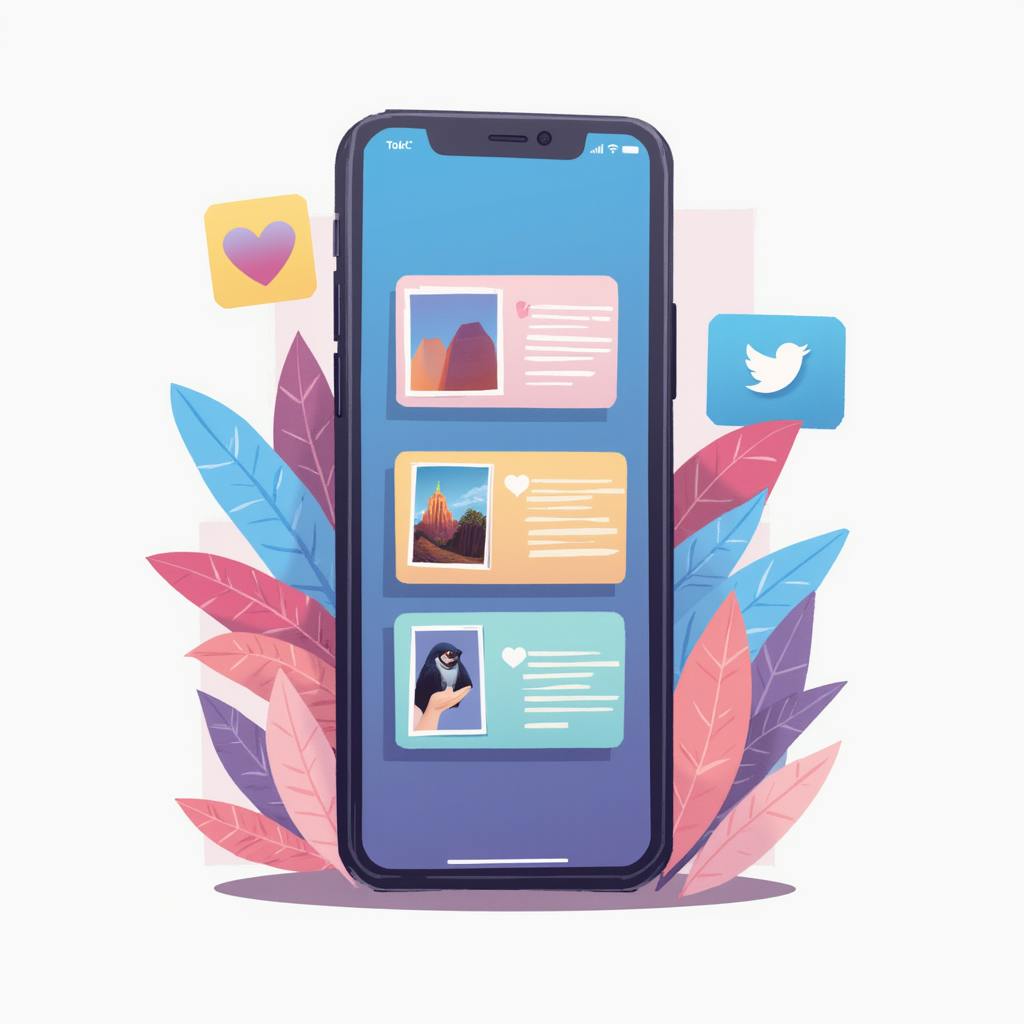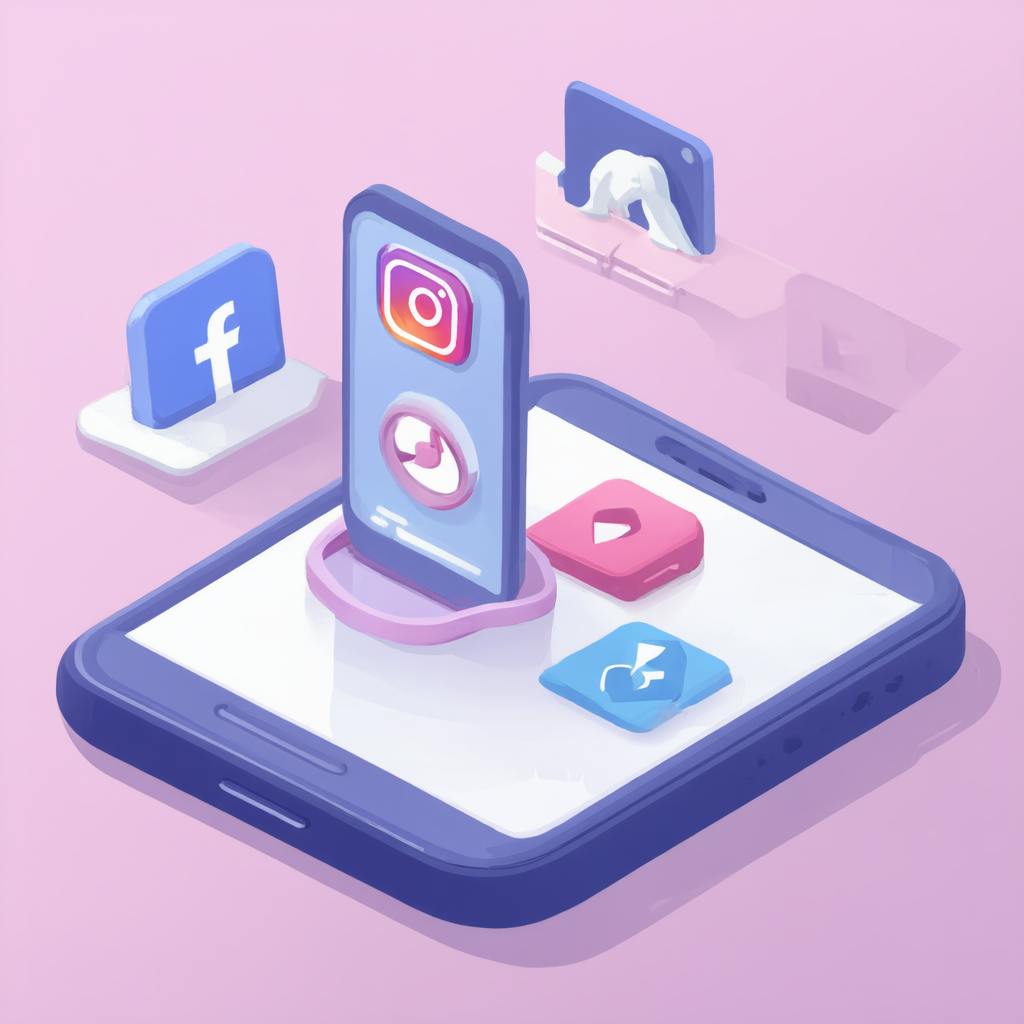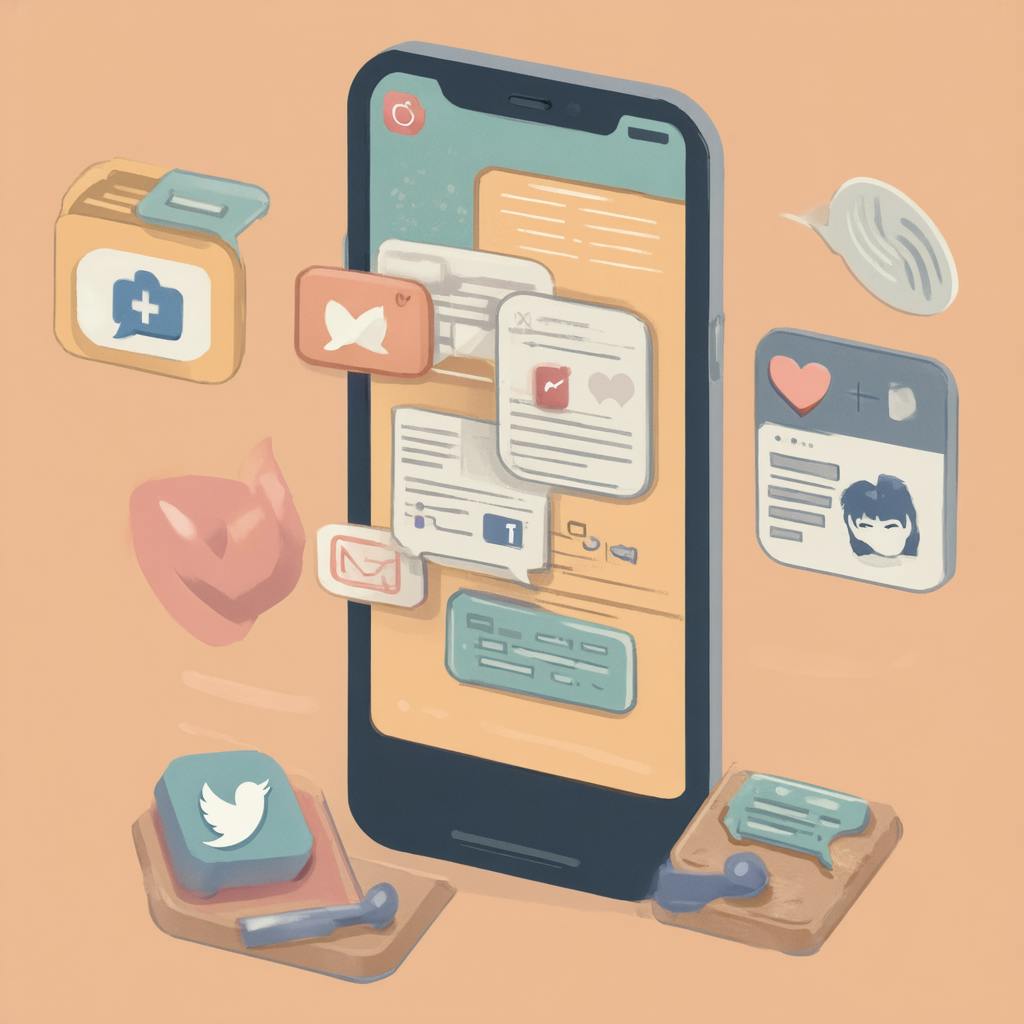In the world of creative arts, an illustration designer stands out as a vital player, transforming concepts into visual stories. Whether you are just beginning your career or aiming to refine your skills, understanding the nuances of professional illustration design is essential for success. In this article, we will explore the journey of becoming a successful illustration designer, delving into the Who, What, When, Where, Why, and How of this creative profession.
Who is an Illustration Designer?
An illustration designer is a creative professional who specializes in creating detailed images and visuals for various purposes, such as advertising, books, digital media, and more. Often, these experts work closely with graphic illustration designers, providing tailored expert illustration services for clients. A successful illustration designer usually possesses a blend of artistic talent, technical know-how, and a keen understanding of client needs.
What Does an Illustration Designer Do?
Illustration designers are entrusted with bringing ideas to life through images. Their work involves developing visuals from concept to completion, considering the client's goals and the project's target audience. From working on children's books and commercial advertisements to creating editorial illustrations and custom art pieces, graphic illustration designers employ various techniques and tools to achieve their creative vision.
When is an Illustration Designer Needed?
The demand for illustration designers can arise in multiple scenarios. Businesses often seek expert illustration services when launching new marketing campaigns, developing brand materials, or creating visual content for websites and social media. Individuals might hire an illustration designer for personal projects, such as customized gifts, portraits, or wedding invitations. Whenever a creative project requires artistic flair and precision, the need for a skilled illustration designer becomes evident.

AI made with Dean Jones
Where Do Illustration Designers Work?
Illustration designers can work in diverse environments, from corporate offices to bustling art studios. Many choose to work as freelance illustration designers, offering their skills remotely from anywhere in the world. This flexibility allows them to collaborate with clients across different industries and geographical locations. Alternatively, some may find opportunities in advertising agencies, publishing companies, or as part of an in-house design team.
Why is an Illustration Designer Important?
Illustration designers play a crucial role in effectively communicating messages visually. They are not only artists but also problem-solvers who render complex ideas into understandable and engaging visuals. By hiring an illustration designer, businesses and individuals can benefit from unique, memorable, and impactful designs that resonate with their target audience. Moreover, illustration designers enrich cultural and creative landscapes, influencing trends and shaping narratives in various media.
How to Become a Successful Illustration Designer
Becoming a successful illustration designer involves a blend of education, practice, and networking:
- Education and Skill Development: While a formal degree in art or design can be advantageous, it is not mandatory. Many successful illustration designers have honed their skills through online courses, workshops, and self-directed learning. Mastering software like Adobe Illustrator, Photoshop, and Procreate is crucial for delivering professional illustration design.
- Building a Portfolio: Creating a comprehensive portfolio is essential for showcasing your style and versatility as a graphic illustration designer. Include a variety of projects that highlight your skills, creativity, and adaptability to [different client needs].
- Networking and Collaboration: Engage with other professionals in the design field, attend industry events, and join online communities. Networking can lead to freelance illustration design opportunities and collaborations that enhance your career.
- Marketing Your Services: As a professional, it is vital to market your services effectively. Utilize social media, personal websites, and design communities to showcase your work and attract potential clients.
- Continuous Learning: The design industry is constantly evolving. Stay updated with the latest trends, techniques, and tools. This commitment to continuous learning will keep your work fresh and innovative.
FAQ: Becoming a Successful Illustration Designer
What steps do I need to take to become a successful illustration designer?
To become a successful illustration designer, you need to follow a series of structured steps that include education, skill development, portfolio building, and networking. Here’s a step-by-step guide:
Education and Foundation
- Formal Education: While a degree is not always mandatory, many successful illustrators have a background in fine arts, design, or a related field. Courses in graphic design or illustration provide valuable knowledge in composition, color theory, and digital tools.
- Self-Education: With a wealth of online resources available, you can also teach yourself. Platforms like Skillshare, Coursera, and YouTube offer tutorials on illustration techniques and software like Adobe Illustrator and Procreate.
Skill Development
- Technical Skills: Master key software tools such as Adobe Illustrator, Photoshop, and Procreate. Understand both digital and traditional media techniques.
- Artistic Skills: Develop a strong foundation in drawing and painting. Explore different styles and techniques to find your unique voice.
Portfolio Building
- Create Diverse Works: Build a portfolio that showcases a variety of styles and subjects. Include personal projects, commissioned work, and any relevant school or freelance projects.
- Online Presence: Set up an online portfolio using platforms like Behance, Dribbble, or a personal website. Regularly update it with your best work.
Networking and Community Engagement
- Professional Networks: Join online communities and attend local arts-related events to network with fellow illustrators and potential clients.
- Social Media: Use platforms like Instagram and Twitter to share your work and connect with other artists and industry professionals.
What skills and qualifications are required to be a successful illustration designer?
Core Skills
- Creativity and Imagination: The ability to create unique and engaging visual content.
- Technical Proficiency: Be skilled in both digital and traditional drawing tools and techniques.
- Attention to Detail: Illustrations often require intricate detailing and precision.
Soft Skills
- Communication: Able to interpret client briefs and articulate your creative vision.
- Problem-Solving: Adaptable in overcoming creative challenges and finding innovative solutions.
Qualifications
- Degree/Certifications: Though not always necessary, a degree in fine arts, graphic design, or a related field can provide a solid foundation.
- Experience: Internships, freelance work, or personal projects that offer practical experience and opportunities to learn on the job.

AI made with Dean Jones
How does a beginner start their career in illustration design?
Build Your Foundation
- Start Drawing Regularly: Practice drawing every day, experimenting with different styles and techniques.
- Learn the Tools: Familiarize yourself with essential design software and tools.
Create a Strong Portfolio
- Diverse Projects: Work on personal projects and hypothetical client briefs to showcase your versatility.
- Iterate and Improve: Continuously update your portfolio to reflect your best and most recent work.
Gain Experience
- Freelance Work: Consider taking on freelance projects from platforms like Upwork or Fiverr to build real-world experience.
- Internships: Seek internships that provide mentorship and industry insights.
Stay Inspired and Motivated
- Follow Industry Trends: Keep up with the latest design and illustration trends through blogs, social media, and industry publications.
- Seek Feedback: Regularly seek constructive criticism from peers and mentors to improve your craft.
What are the common challenges faced by an illustration designer and how to overcome them?
Creative Block
- Stimulate Creativity: Engage in activities outside of illustration, such as reading or listening to music, to get inspired. Sometimes stepping away can help rejuvenate creativity.
- Set Routine: Establish a creative routine that includes time for exploration and experimentation.
Client Relations
- Clear Communication: Ensure you understand the client’s vision and maintain open lines of communication throughout the project, using questionnaires or visual storyboards if necessary.
- Managing Expectations: Be transparent about timelines and deliverables to avoid miscommunications.
Staying Current
- Continuous Learning: Regularly update your skills by learning new software, tools, and techniques to stay competitive.
- Attend Workshops: Participate in workshops and webinars to learn new skills and industry trends.
Work-Life Balance
- Time Management: Use planners or digital tools to organize tasks and set realistic deadlines.
- Self-Care: Ensure you take breaks and divide your workload to avoid burnout.
By following these guidelines and staying committed to continuous growth and learning, you can carve out a successful career in illustration design. Remember, perseverance, and passion are key drivers in this creative field.
Conclusion
Becoming a successful illustration designer is a rewarding journey that combines creativity, skill, and business acumen. By understanding the demands of professional illustration design, seeking opportunities to showcase your talent, and continually enhancing your skills, you can make a significant impact in the creative industry. Whether you're aiming to provide expert illustration services or explore freelance illustration design, your journey as an illustration designer promises to be as fulfilling as it is artistically dynamic.

